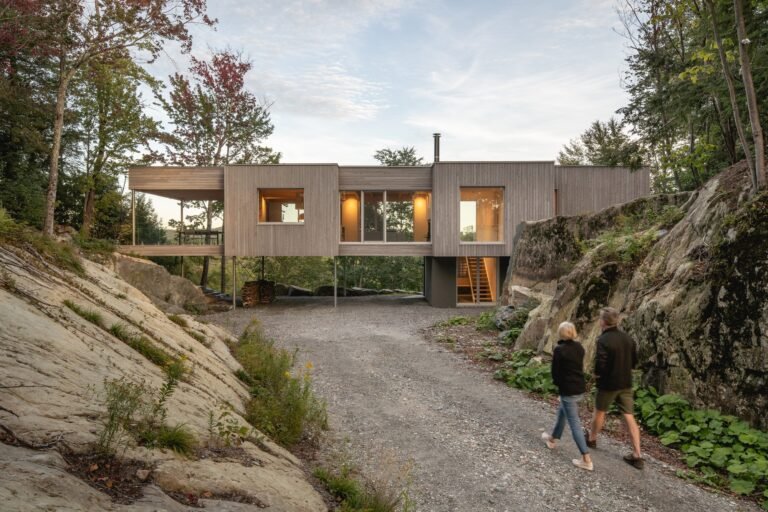Meet Me by the Fountain, Alexandra Lange’s new book, expertly chronicles the past, present, and future of American malls
Meet Me by the Fountain: An Inside History of the Mall
By Alexandra Lange | Bloomsbury Publishing | $28
I’ve tried to start this review about five times, each time trying to find the singular mall that’s made the biggest impact on my life. Is it the West Edmonton Mall in Canada, once the largest mall in the world, where I spent a majority of my teen winters? Or is it the Renzo Piano Building Workshop—designed Bishop Ranch in San Ramon, California, near where I remember seeing signs for—and not believing—that Piano would build a suburban mall? Or the Stanford Shopping Center, where I routinely went after seeing my beloved surgeon at Stanford Hospital during a few exciting years when I spent a lot of time driving down the I-880? Or is it Hudson Yards, which I wrote about twice, once while devastated, once while optimistic, when during each assignment the shape of my experience mirrored not only the architecture itself, but my own projections? Or Los Angeles’s Westfield Fashion Square, which I swear I could sketch from memory after many, many watchings of the 1995 feature film Clueless?
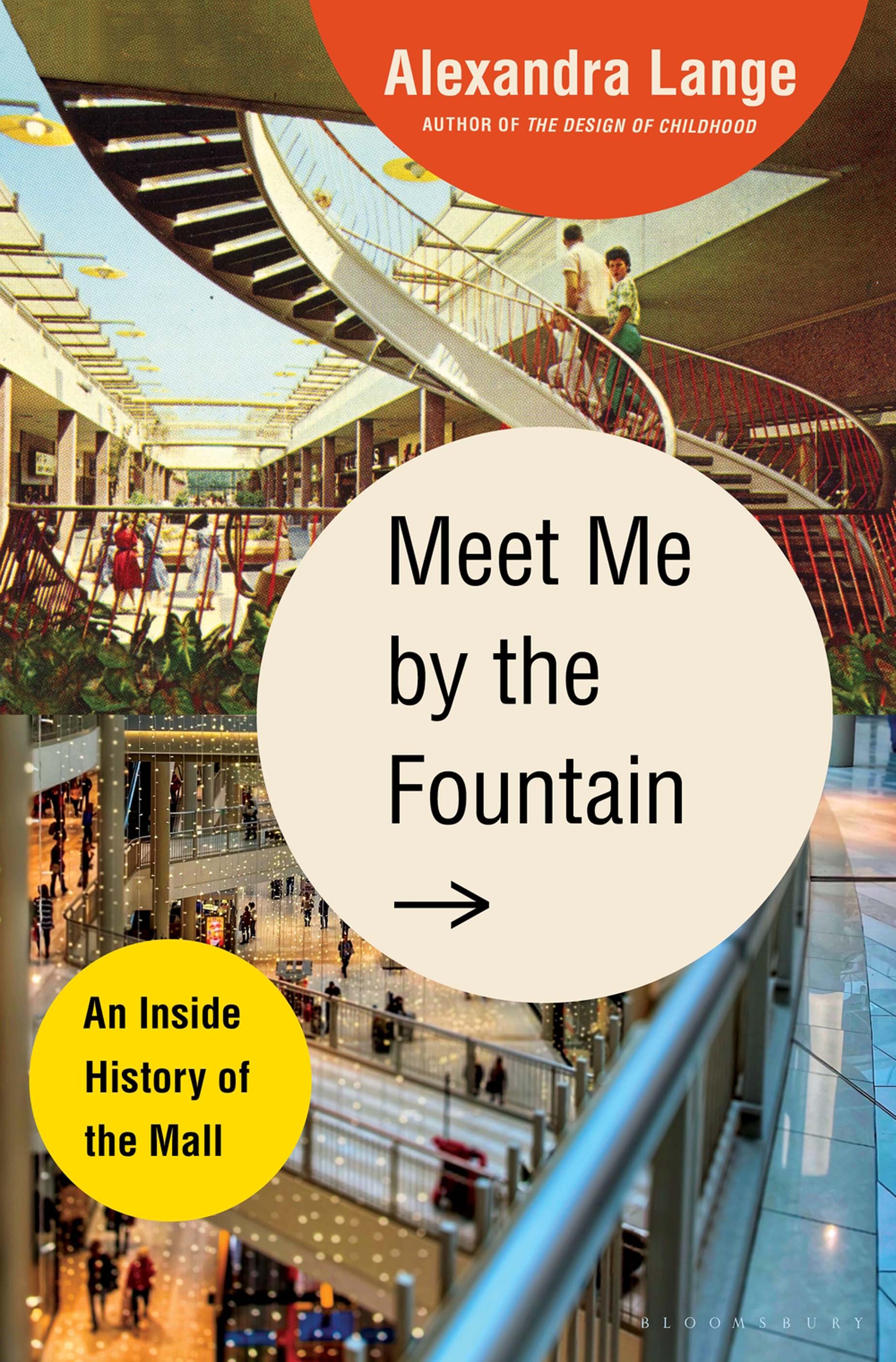
I’ve been thinking about these malls, in rapid succession, because I just finished Meet Me by the Fountain: An Inside History of the Mall, a lively, deeply researched, and ultimately optimistic new book by architecture critic Alexandra Lange. I’ll confess that when I first heard that Lange—someone I’ve long considered to be one of the best architecture writers working today—was writing about malls, I was worried. Didn’t Lange know, as I’d been hearing for years, that malls were dead? Wasn’t retail dead now that everything was online, or at least strictly direct-to-consumer? Didn’t teens just hang out at the homes of various permissive parents, living their best Euphoria lives? What is there even to say about malls in 2022, after two-plus years of various spatial and public restrictions due to the pandemic? Thankfully, I was wrong to worry. Meet My by the Fountain not only makes the case for the mall’s existence, but it also captures what made them such influential social spaces early on and what continues to make them important architectural spaces today.
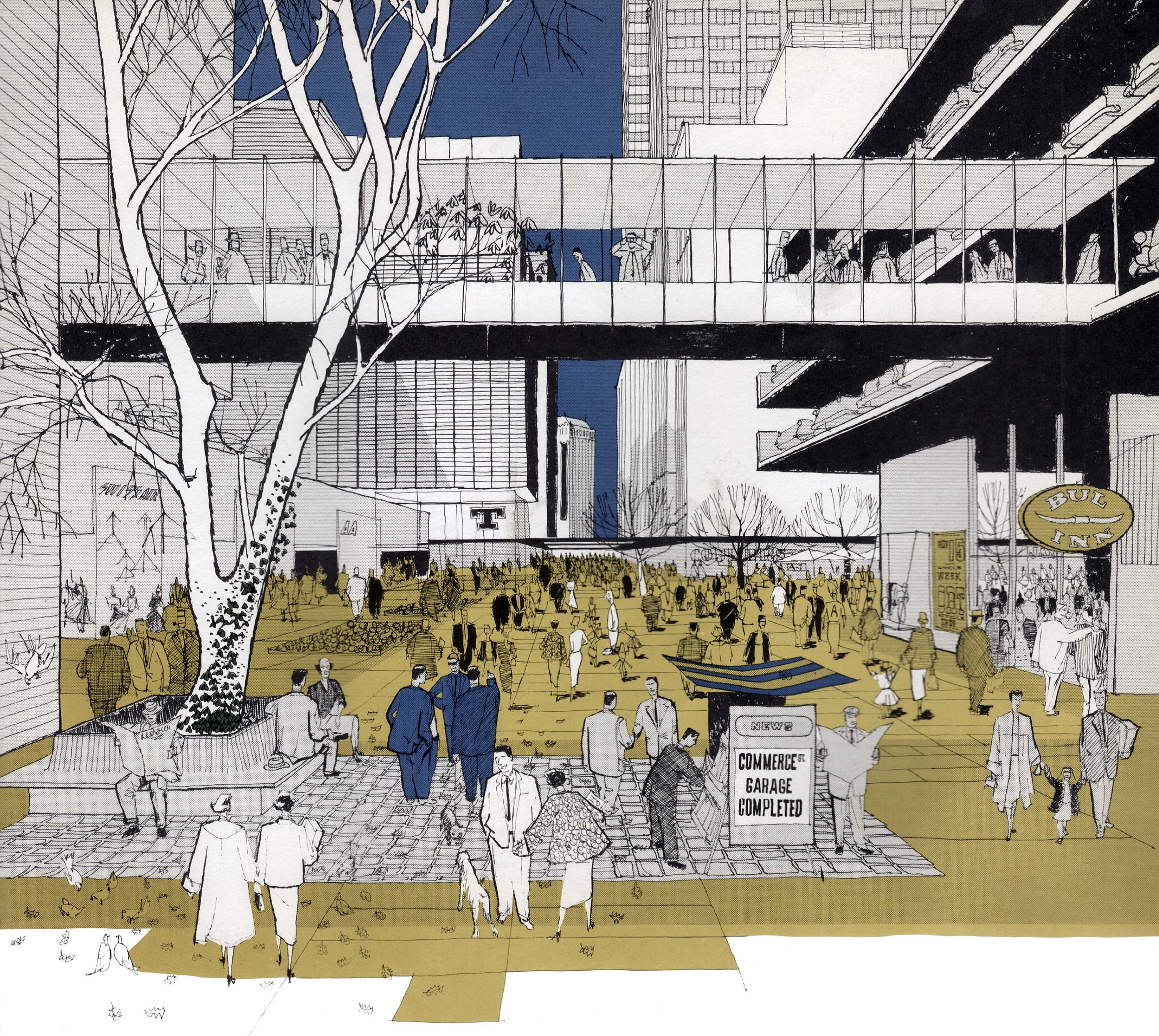
Writing in an approachable yet thoroughly informed style (which isn’t always the case for authors with PhDs), Lange organizes the book in a roughly chronological and thematic order. The first chapter establishes the context for the mall’s origins. In doing so, she explores the idea of the “Gruen transfer,” which she expertly shows is often misunderstood as “confuse people so they buy more,” but is both more nuanced—she defines the transfer as “the moment when your presence at the mall tips from being goal- oriented […] into a pleasure in itself”—and finds its actual historical and theoretical roots in 19th-century France, not 20th-century casinos.
The first chapter felt a bit like doing some necessary homework, but once I got to the second chapter about the NorthPark mall in Dallas, I was hooked. Throughout the book, Lange braids historical observations with scholarly arguments from such favorites as Margaret Crawford and Shannon Mattern and her own incisive ability to describe the built environment while also explaining why it might make us feel some type of way. I noticed a number of specific details—the description of 14-foot-wide walkway, a skylight, a history of the use of glass in 19th-century French department stores—woven into the text, each of which precisely describes the shape, form, and practice of architecture. Architecture is very difficult to write about, and critics tend to fall into a few camps: formalist, political, emotional. Lange has the range to dip into them all, to wield whatever tool—reading someone else’s theory, describing an escalator, recounting her own visit—works.
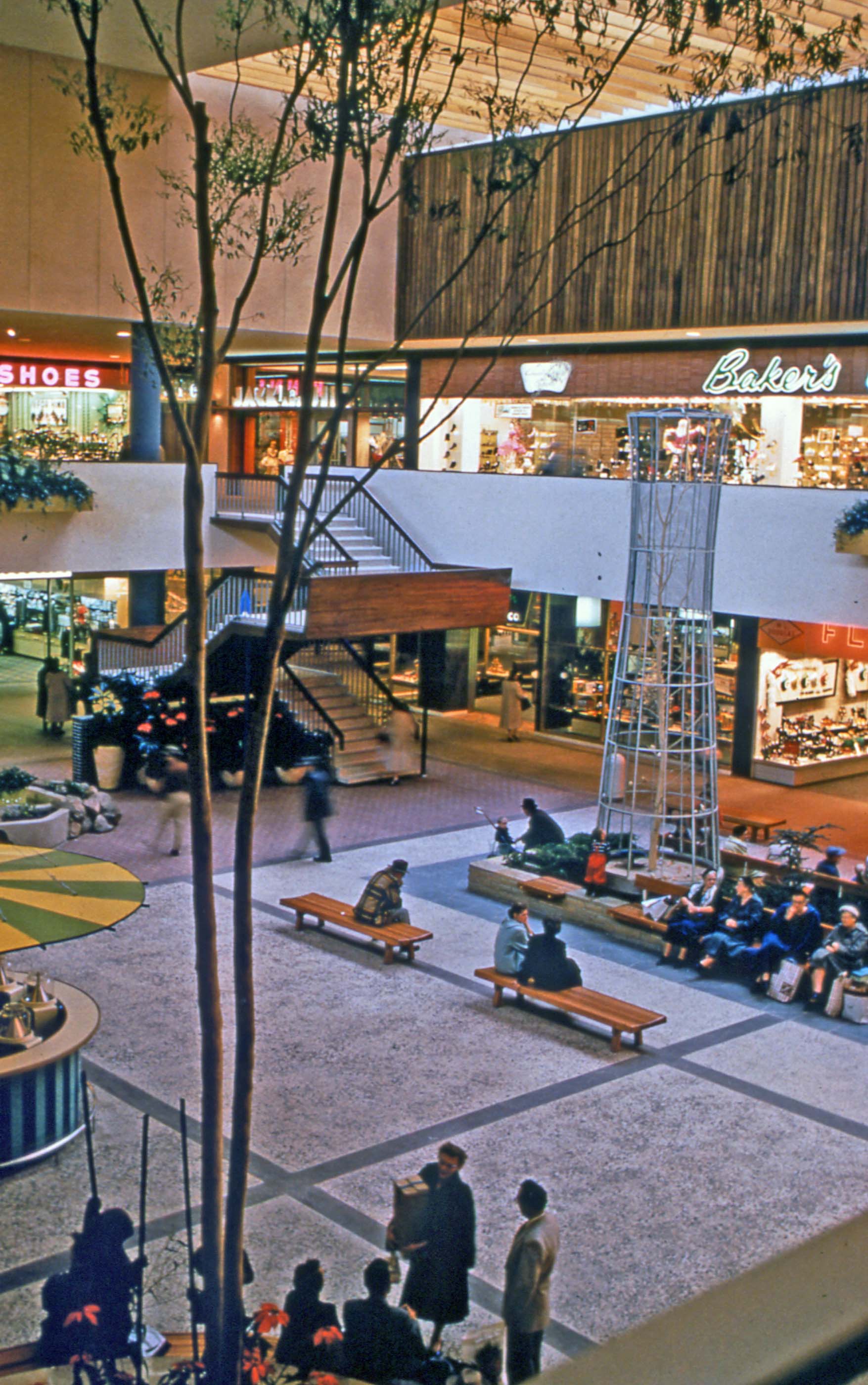
Again and again, the book returns to the human encounter with the mall and the individual characters who originally shaped this experience: Victor Gruen, Ben and Jane Thompson of Boston’s Faneuil Hall, and Nancy Nasher of the family-run NorthPark, among others. Their ideas inform the text’s rich accounts of social pressures, a brief analysis of the store Hot Topic, examples of racism, and the Mall of America’s teen-exclusionary policy. Lange’s analysis of each of their contributions speaks to an ideal which is easy to lose sight of: how people live is deeply influenced by the way we think about public space—and that these conceptions change over time.
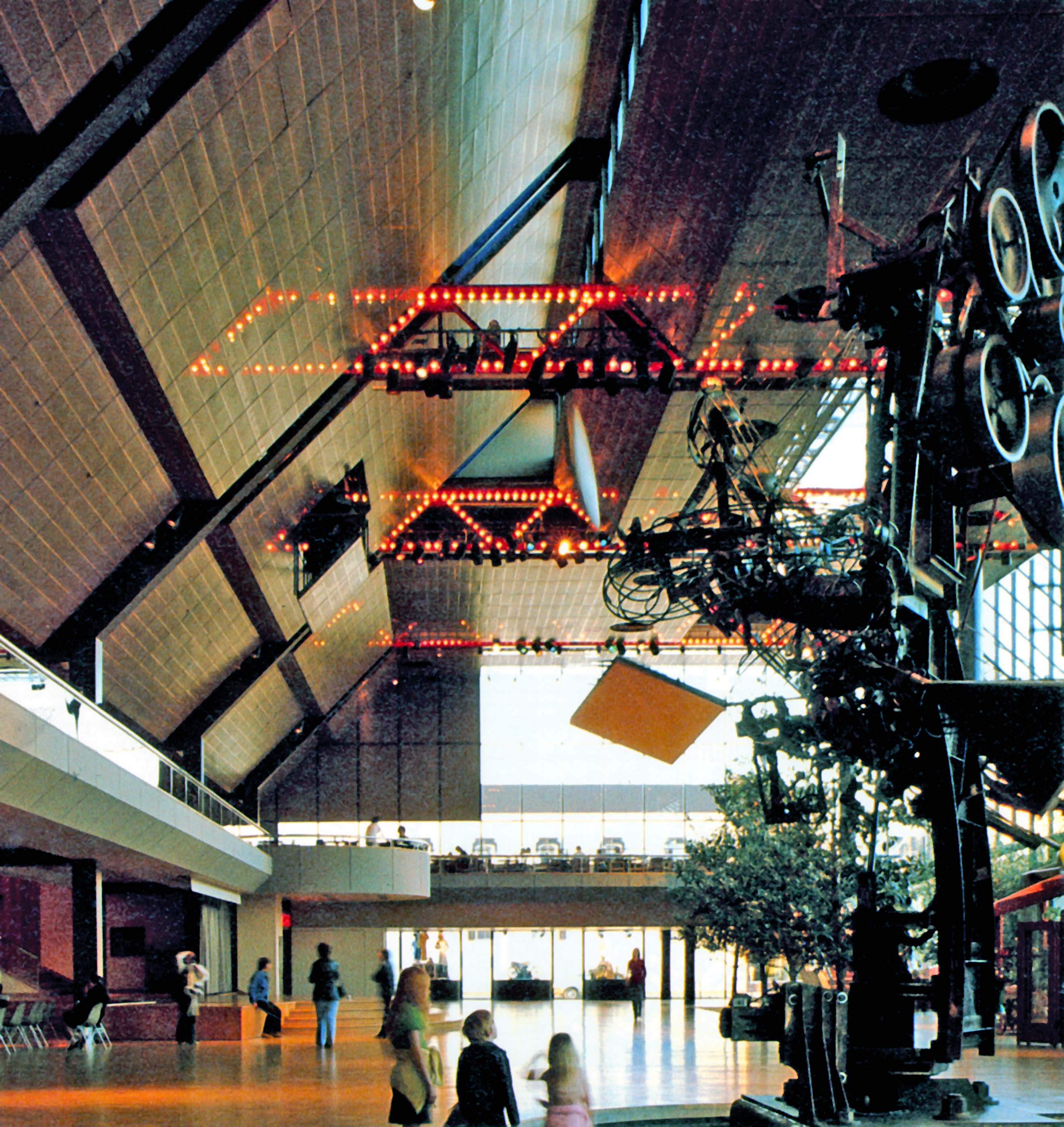
I repeatedly found myself thinking through an idea in response to something Lange had written, only to then read her addressing exactly that thought in subsequent pages. Such sated anticipation makes reading Meet Me by the Fountain an experience of constant satisfaction. “Would she write about West Edmonton Mall?” I wondered, just seconds before I read about its Europe- and New Orleans–themed indoor streets and massive structures. Would she explain how fantastic the place—with its Spanish Galleon, water park, hotel, and ice rink—felt to my teen self (and still feels to my adult self)? She did! Would she write about Ling Ma’s novel Severance, much of which takes place in a post-apocalyptic mall? She did! It is so relaxing to be in the hands of someone who thinks of everything.
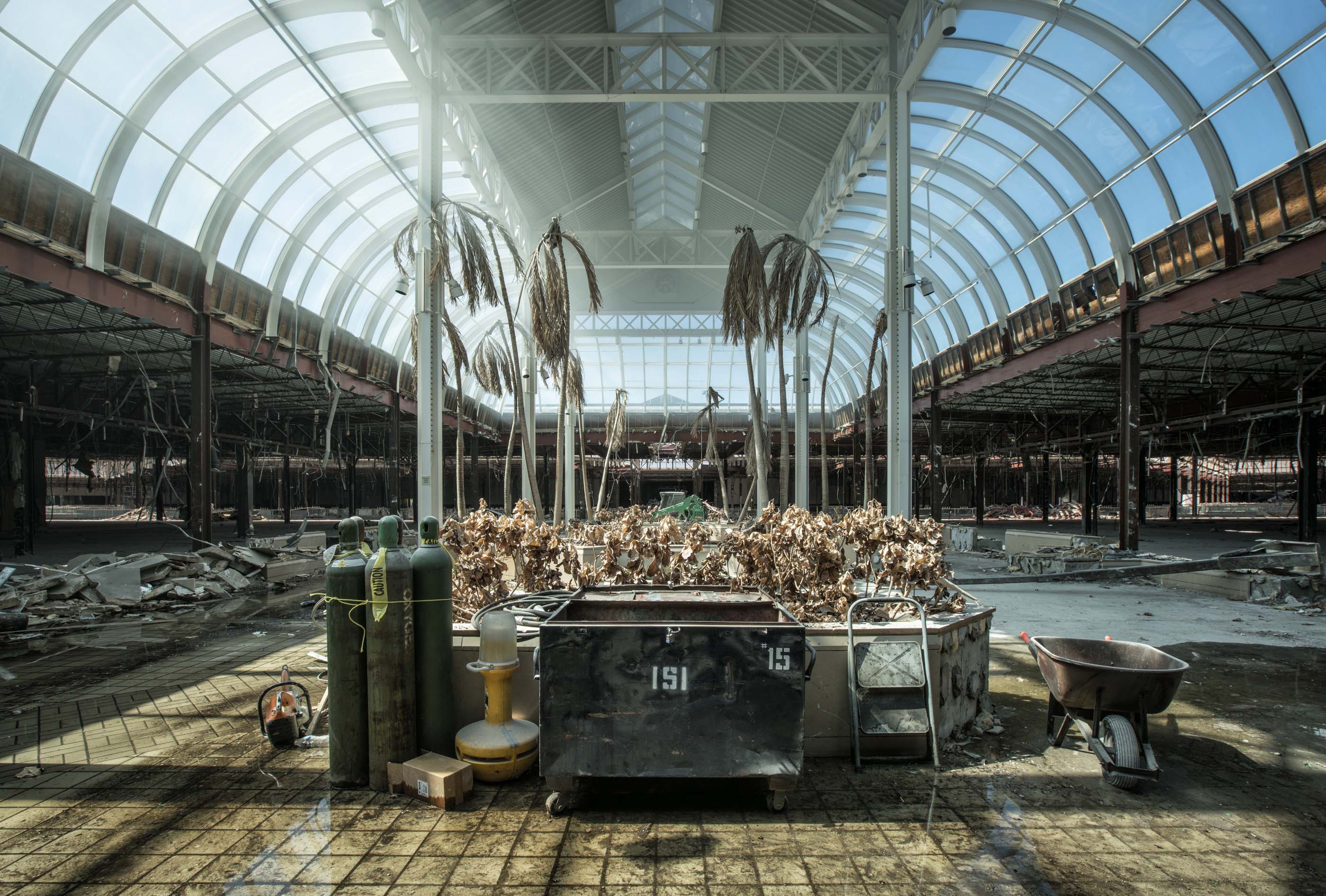
By reading malls through the lens of so many different media, from the architecture itself to plans, photographs, novels, scholarship, zombie movies, and pandemic tales, Lange shows not only her facility with multiples modes of cultural analysis, but she lays out her broad, expansive, and detailed understanding of exactly what malls have been, are, and could be. She is also not a naive reader: Lange is keenly aware of the existential issues facing retail. In response, she constructs an argument that the ideal and successful mall is a gathering place that provides more than a bunch of stores. The successful mall of the future will have collective gathering places, a sense of culinary authenticity (Lange explores the rise of the hyper-local food hall in tandem with the decline of Orange Julius), and a true emphasis on design.
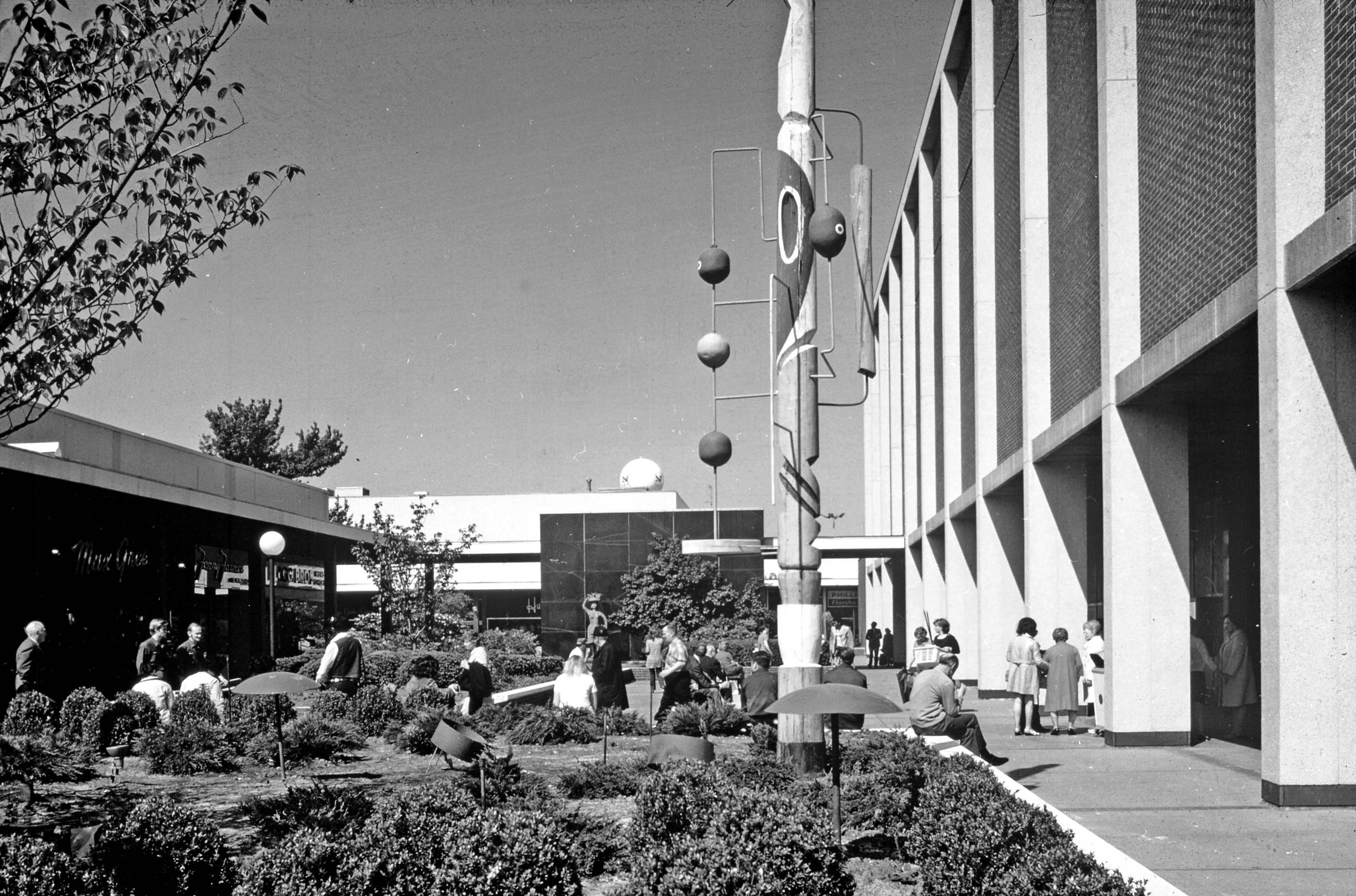
She makes few appearances on the page, but when she does, the cameo reminds us that we’re in the presence of a generous expert in the middle of gently guiding us through a way of looking at history that shows, so clearly, how the built environment deeply and profoundly impacts our lives. “Shopping isn’t going anywhere,” Lange concludes, “and it’s so much nicer to do it together.”
Eva Hagberg is the author of How to be Loved, a memoir, and the forthcoming When Eero Met His Match. She holds a PhD in Visual and Narrative Culture from UC Berkeley and lives in Brooklyn.


